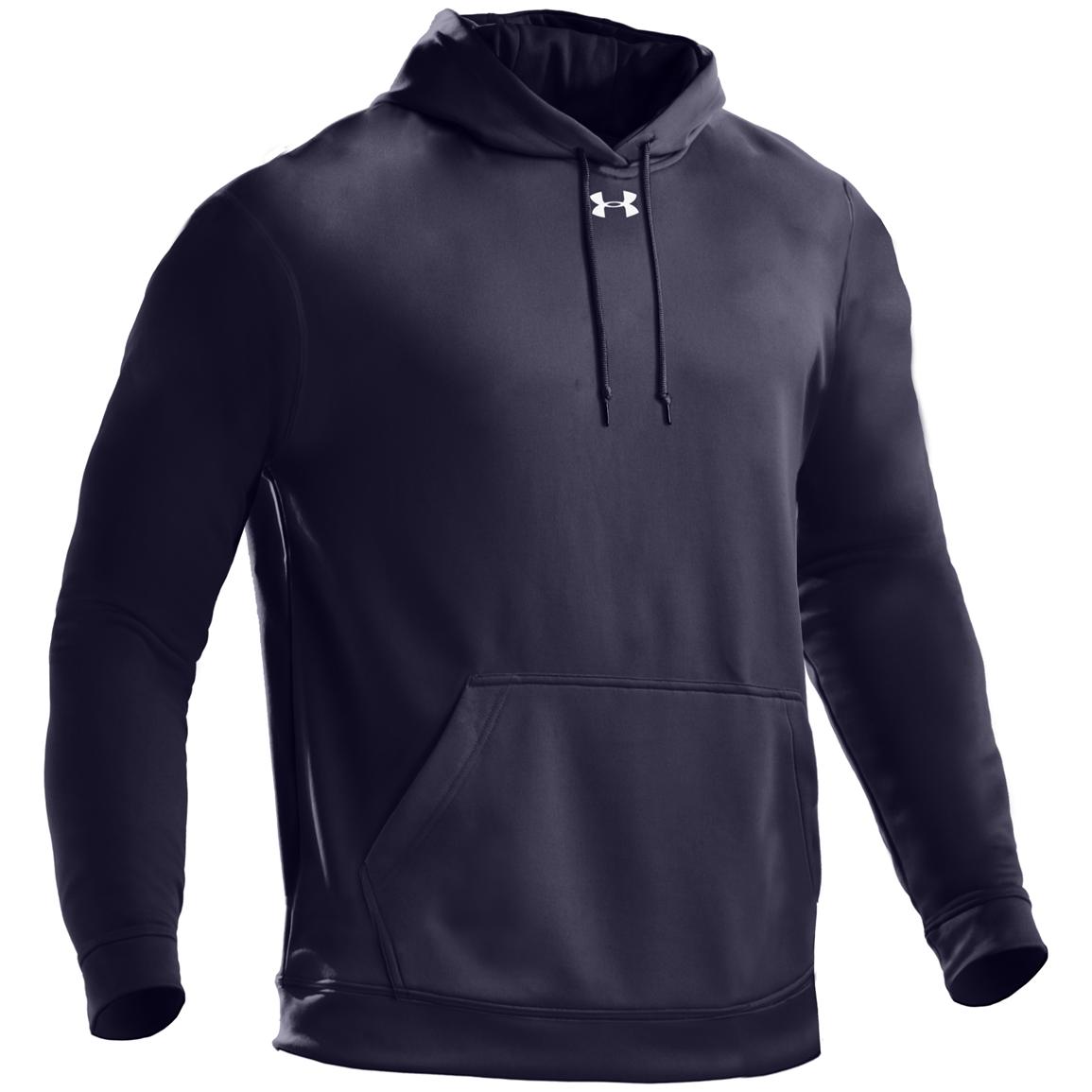Sweatshirts are long-sleeved, pullover shirts that are typically composed of thick cotton. Proteck'd are generally worn as casual clothing, and are not so formal as sweaters and cardigans. They might not come with an Hood. If you are interested in buying a sweatshirt here are a few tips:
Norma Kamali spread the appeal of sweatshirts
Since the late 1970s the Norma Kamali brand has been turning the humble sweatshirt into an art. Her designs are now the staple of almost every woman's wardrobe. Her unique styles vary from a tummy-tucking neck to leather-paneled sweatshirts. Her clothing is also designed in unusual shapes, such as tanks with an extended trumpet skirt.
The collaboration between the designer and the sweatshirt maker Everlast led to her Timeless collection, which was a huge hit when it appeared in Spiegel's spring 2006 catalog. The collection featured interchangeable and convertible knits with classic designs and many of the items were priced below $20. Even if Norma Kamali's Timeless collection wasn't sold in stores, customers were able to find the pieces on eBay and Poshmark.
Merino wool sweatshirts feel more comfortable than soft sweatshirts.
Merino wool is renowned for its moisture-wicking properties that help keep you comfortable and dry. It is a natural fibre that also offers a more comfortable feel. The fabric also dries quickly in comparison to other natural materials. Additionally, merino is a sustainable resource. Merino sheep shed their coats each year and grow new ones.
The weight-to-heat ratio of merino wool makes it an ideal material for sweatshirts. It assists in regulating the body's temperature because of its natural loft, which traps heat between the fibers. This is why Merino wool sweaters are perfect for summer and outdoor activities such as mountain biking, hiking, and running. The warmth it offers ensures that the wearer stays well-hydrated and cool, something that is important for working out.
Zip-front hoodies come with kangaroo pockets.
Kangaroo pocket Hoodies are a well-loved style of hoodies. These hoodies have a large pocket in the front, that keeps your hands warm during cold days. They are additionally more practical than conventional pockets because they permit the hands to slide in and out effortlessly.
Kangaroo pockets are typically large enough to hold a wallet or some other small items for personal use. They are commonly large enough to accommodate the palm of a hand that is small and are wide enough to fit two hands. They have wide openings on either side , and are ideal for carrying small objects.
French terry fabric is a very popular material for sweatshirts.

The French terry fabric is made of soft yarns that are knit into loops and are usually mid-weight. It is also famous because of its capacity to absorb away moisture and is pre-shrunk. French terry is a great choice for sweatshirts because it is warm when you need it and helps keep your cool when you want to cool off.
French terry is also popular for loungewearbecause it has enough stretch and flexibleness to feel great against your skin. It also allows for enough air to circulate through the fabric, making it ideal for layering underneath other clothing. Additionally, since t shirt polo than most sweatshirts, you can wear it all year round without feeling warm or cold.
Hoodies can be classist.
While it may seem that hoodies are simply an appropriate clothing item for people of the working class however, in reality they have a classist connotation. Hoodies first became seen in the 1970s in New York, where graffiti artists wore them to conceal their identities. In 1976 the hoodies were made famous in their appearance in the film "Rocky," when the working-class main character was seen wearing grey sweats with hoods during his memorable climb to the top of the steps of the Philadelphia Museum of Art.
Hoodies are usually linked to death, destruction and other negative things, and yet they serve a practical purpose. For instance, monks and priests may wear hoods to show the proper manner of dress and to focus on their inner self.
